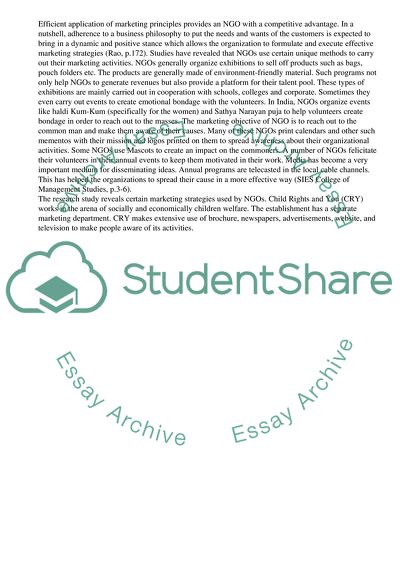Cite this document
(Management in Non-Government Organisations Term Paper - 1, n.d.)
Management in Non-Government Organisations Term Paper - 1. Retrieved from https://studentshare.org/management/1743712-management-in-non-government-organisations
Management in Non-Government Organisations Term Paper - 1. Retrieved from https://studentshare.org/management/1743712-management-in-non-government-organisations
(Management in Non-Government Organisations Term Paper - 1)
Management in Non-Government Organisations Term Paper - 1. https://studentshare.org/management/1743712-management-in-non-government-organisations.
Management in Non-Government Organisations Term Paper - 1. https://studentshare.org/management/1743712-management-in-non-government-organisations.
“Management in Non-Government Organisations Term Paper - 1”, n.d. https://studentshare.org/management/1743712-management-in-non-government-organisations.


